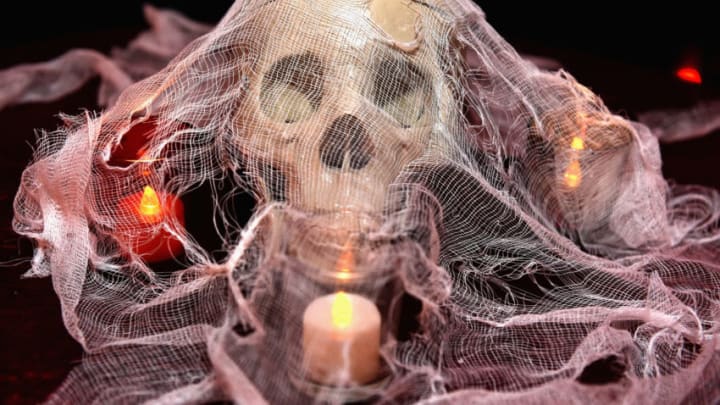
Could black magic be the cause of all the failures in Toronto Maple Leafs history? It turns out they have been a cursed franchise for decades.
The Toronto Maple Leafs have been waiting far too long to update their trophy case.
After 53 years without winning hockey’s biggest prize, they own the NHL’s longest championship drought. There are many reasons for the lack of success but many like to point to the possibility that the franchise is cursed.
There are multiple variations of a potential curse. We explore all the permutations of these dark clouds.
The Curse of Larry Hillman
Larry Hillman is a former defenseman from Kirkland Lake, Ontario who won the Stanley Cup six times including four of them with Toronto. He played for 15 different teams in his 22 seasons as a professional hockey player.
Hillman holds the record as the youngest player to have their name etched into Lord Stanley’s Mug at 18 years, 2 months, and 9 days old. He has also been long suspected of putting a hex on the Maple Leafs.
As a player who struggled to maintain his spot fulltime in the NHL, Hillman was furious with the Maple Leafs following their Stanley Cup victory in 1967. After an excellent showing against the Montreal Canadiens in the Cup Finals, Hillman asked the coach and general manager, Punch Imlach, for a $5000 raise in order to bring his salary to $20,000.
Imlach refused, which prompted Hillman to holdout from joining the team the following season until he was given the raise he believed he earned.
In retribution, Imlach fined Hillman $100 for each day of his 24-day holdout. Hillman was forced to pay the team $2,400 but after doing so, he hexed the franchise until the day they repaid him with interest.
Interestingly, Hillman chose to lift the curse in 2017. Leafs president Brendan Shanahan then repaid Hillman the $2,400 plus interest.
